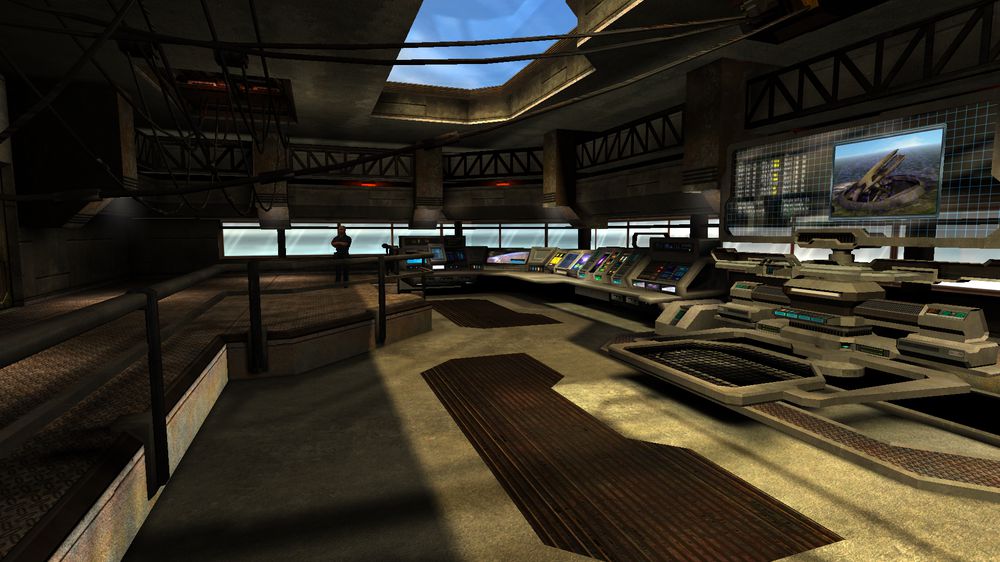


I think it is pretty clear there is a level of detail difference between the 'white room' scenes with Neo and the 'city'.

I played with it for about an hour on an LG C8 55" OLED and was impressed. Watch the SIGGRAPH video to get the feelings of: that's impossible - oh, I kind of see how that works - one pixel triangles? - how do they get that mesh representation set up right? - oh, graph theory - that data format has to be a pain to generate with all those constraints - they're rendering mostly in the CPU? - that's all that needs to be done at render time? - GPUs need to be redesigned to be a better match to this - how to stream this stuff? - that compression scheme is clever. So draw time is constant regardless of scene complexity. If a triangle is much smaller than a pixel, a higher LOD can be used. If a triangle is bigger than a pixel, it's time to zoom in to a higher LOD for that part of the mesh. There are about as many triangles being drawn as there are pixels, regardless of scene complexity. Much of the work is moved to asset preprocessing. A mesh representation that can be shown at a huge range of levels of detail is what makes it go.


 0 kommentar(er)
0 kommentar(er)
